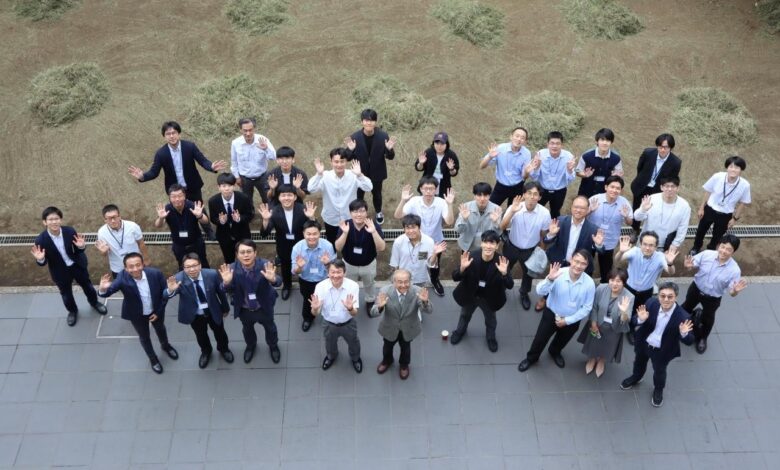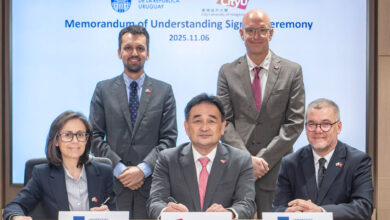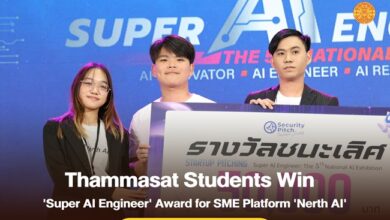12th SJTU-KAIST-UTokyo Joint Academic Symposium Explores Ocean Engineering Innovations at University of Tokyo

The 12th SJTU-KAIST-UTokyo Joint Academic Symposium took place on September 29, 2025, at the Komaba Research Campus of the University of Tokyo. This event was co-organized by Shanghai Jiao Tong University (SJTU), Korea Advanced Institute of Science and Technology (KAIST), and the University of Tokyo (UTokyo), with the Institute of Industrial Science (IIS) at UTokyo hosting the proceedings. Participants, including faculty and students from the three universities, engaged in discussions focusing on innovations in ocean engineering, reviewing recent research findings, and exploring possibilities for future collaborations.
Opening Session
The symposium commenced with an opening session chaired by Professor Katsuyuki Suzuki from UTokyo, during which an annual research report was delivered. Professors Zhen Gao from SJTU and Daejun Chang from KAIST welcomed attendees on behalf of their institutions. Professor Gao presented a lecture titled “An Introduction to the Recent Research Activities on Marine Technology at the School of Ocean and Civil Engineering, Shanghai Jiao Tong University,” which featured advancements in smart ships, low-carbon fuels, and marine renewable energy.
Program Highlights
The program included twelve invited lectures and over twenty poster presentations covering a range of topics such as intelligent ships, deep-sea exploration, ocean renewable energy, green propulsion, and structural dynamics. A keynote address by Professor Xinliang Tian discussed advancements in model testing technology for floating wind turbines. Additionally, Senior Engineer Yufeng Kou presented on the impact of gas content on slamming loads during wedge water entry, while Dr. Peng Wang addressed high-efficiency propulsion methods for wave gliders powered by ocean energy.
Poster Session
During the poster session, attendees showcased various research projects. Notable presentations included a field monitoring system for floatover operations by Professor Xin Li, a novel construction method for deep-sea neutrino telescopes by Professor Xinliang Tian, and research on vibration stability of lifting pipes in mining contexts by Associate Professor Aichun Feng. This segment of the symposium provided a platform for young scholars and graduate students to share innovative studies, facilitating discussions on methodologies and prospective collaboration opportunities.
Meeting and Future Collaborations
On the following day, Professor Zhen Gao, accompanied by his delegation, met with Professor Katsuyuki Suzuki and his research team from UTokyo. The meeting focused on the advancement of academic disciplines, identification of research priorities, and the establishment of long-term collaborations. An agreement was made to enhance partnerships through joint research, graduate co-supervision, faculty exchanges, and academic collaborations, thus contributing to a sustainable framework for ongoing cooperation in ocean engineering.
Significance of the Symposium
Since its initiation at SJTU in 2014, this symposium has served as a significant platform for international academic exchange in naval architecture and ocean engineering, with annual rotations among the partner institutions. Participants recognized the symposium’s role in fostering collaboration in fields such as smart ships, marine renewable energy, deep-sea exploration, and green shipping to promote marine science and technology for a sustainable future.
(Source: Shanghai Jiao Tong University)




